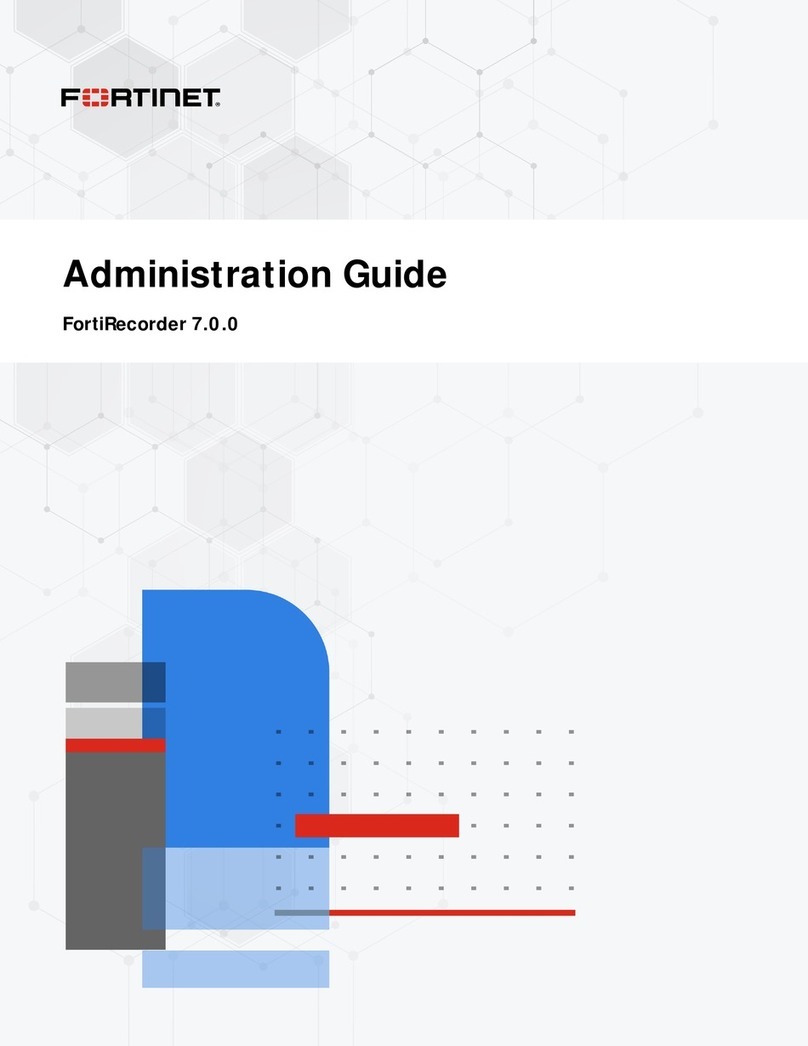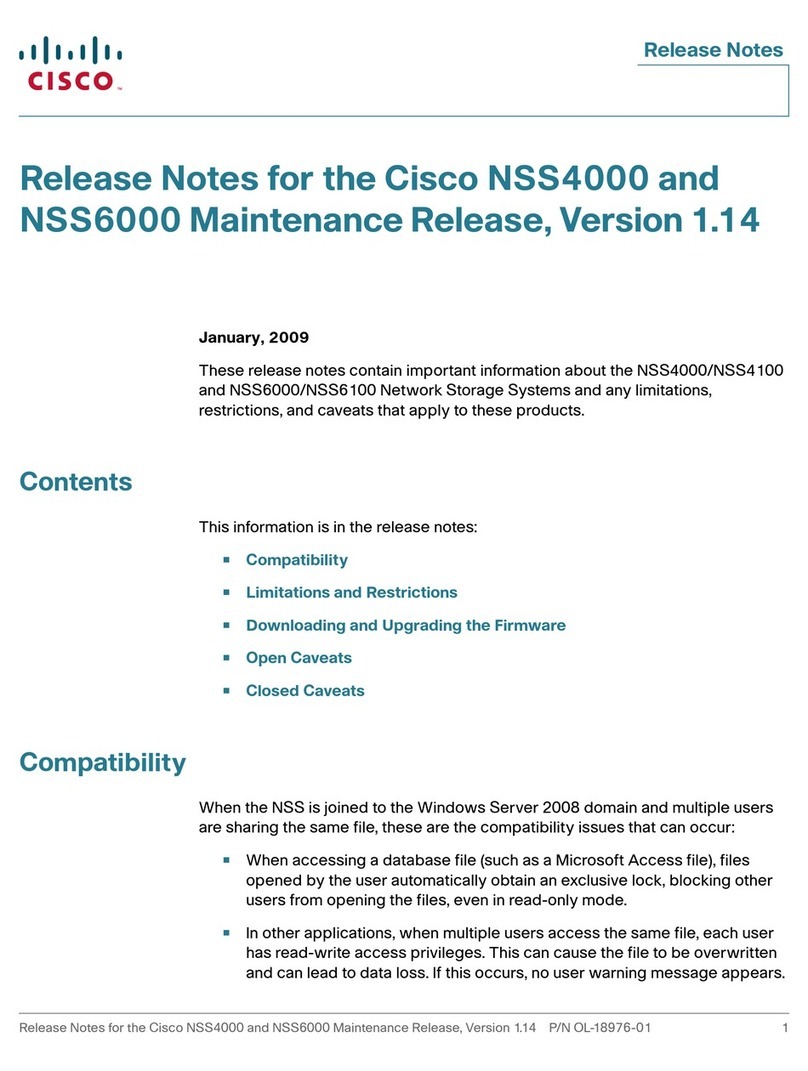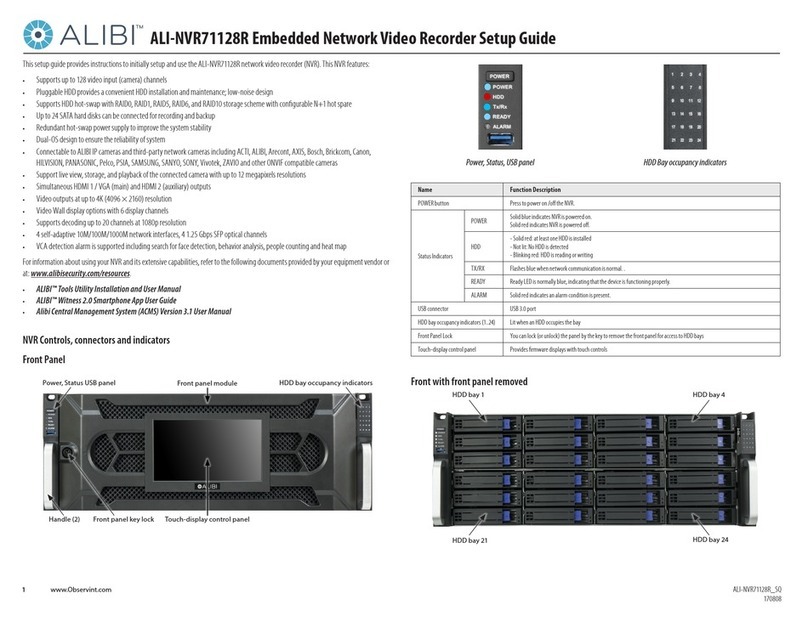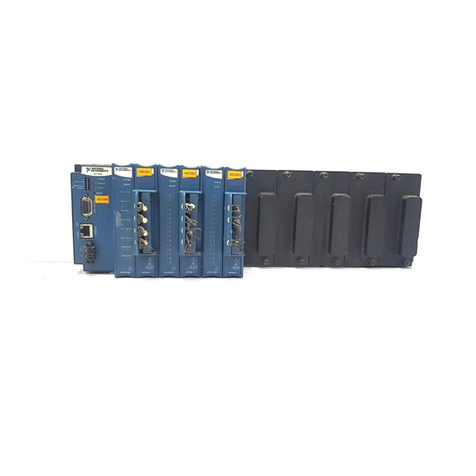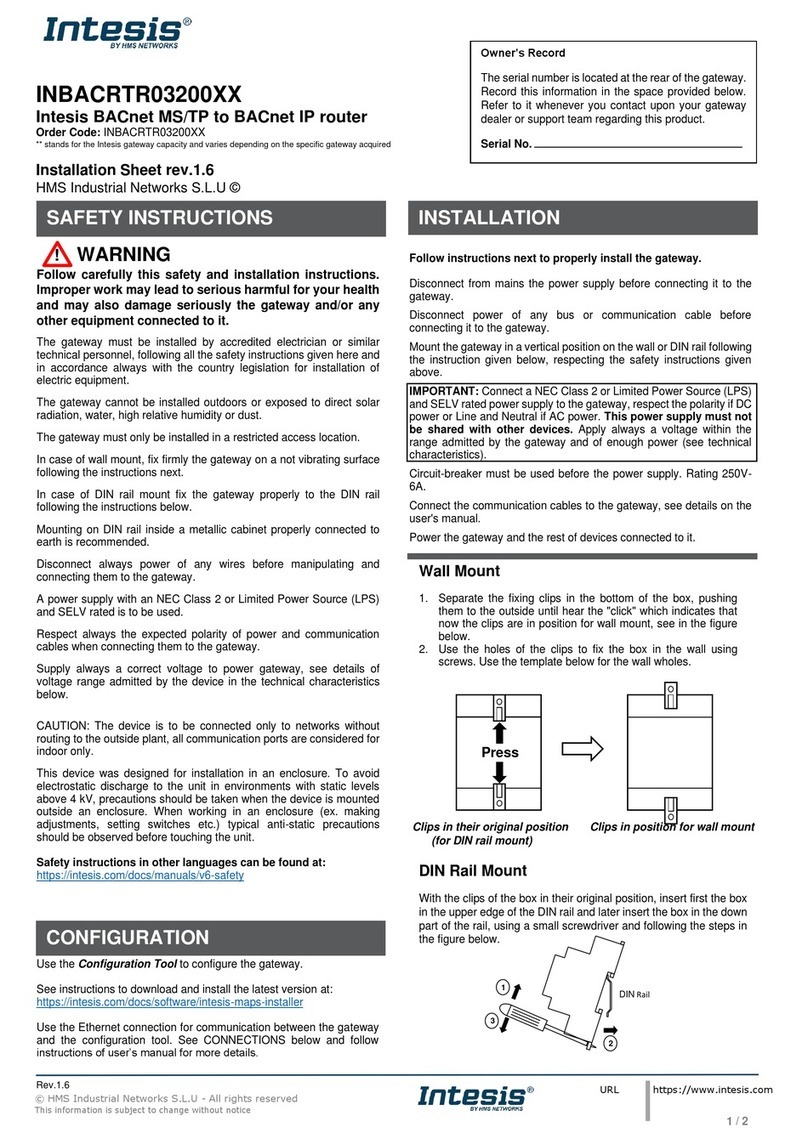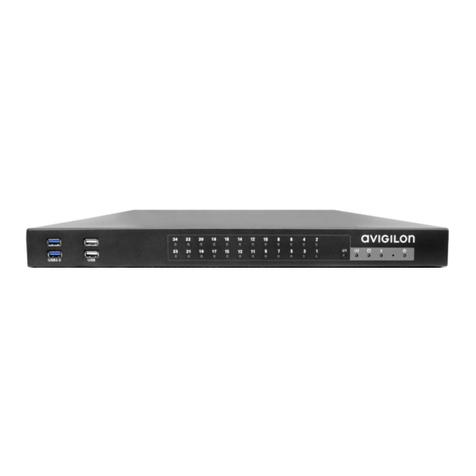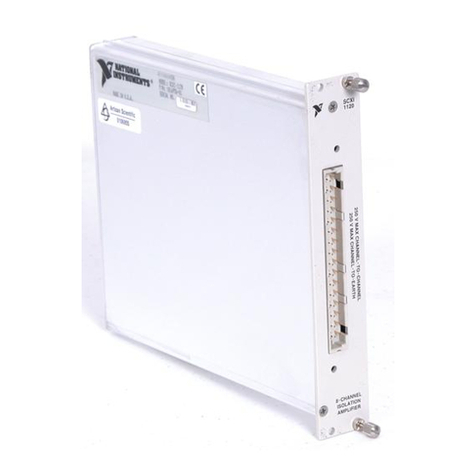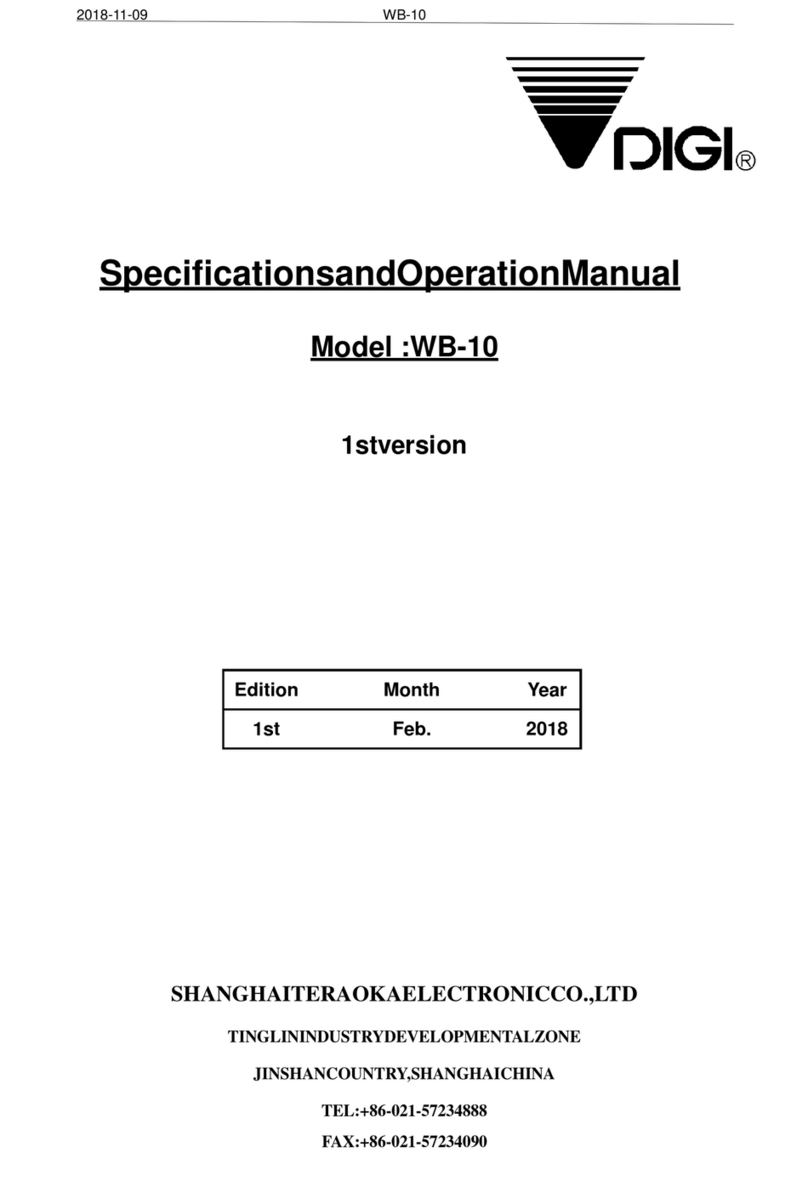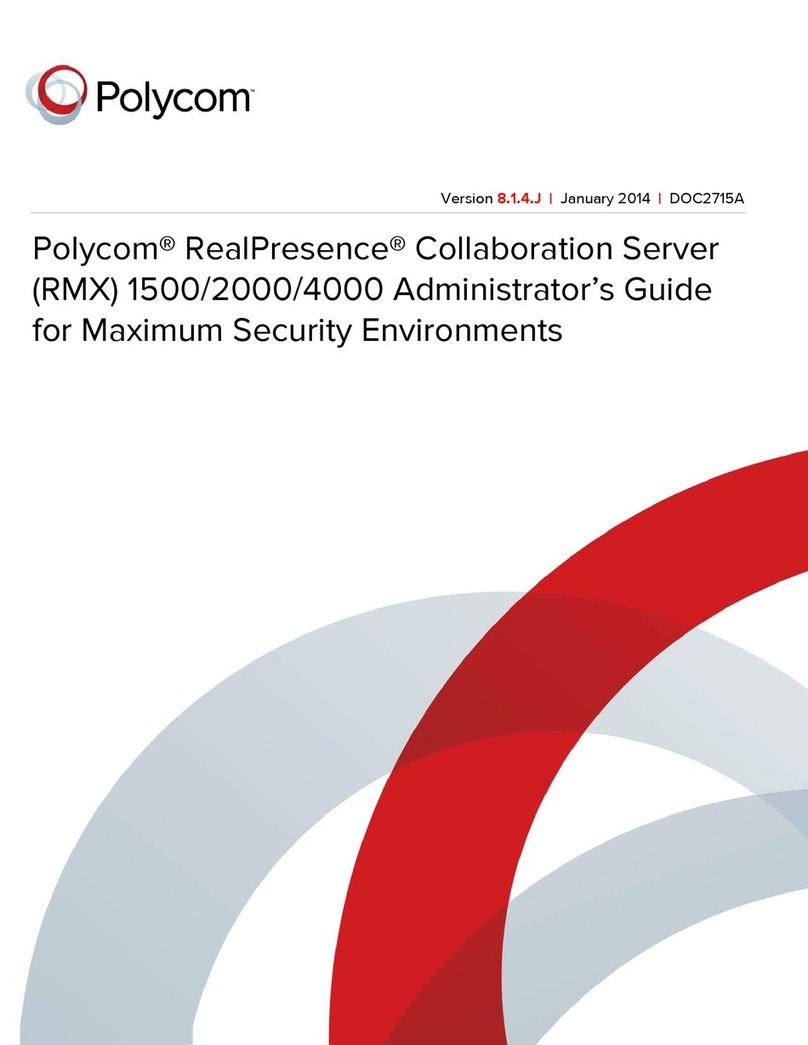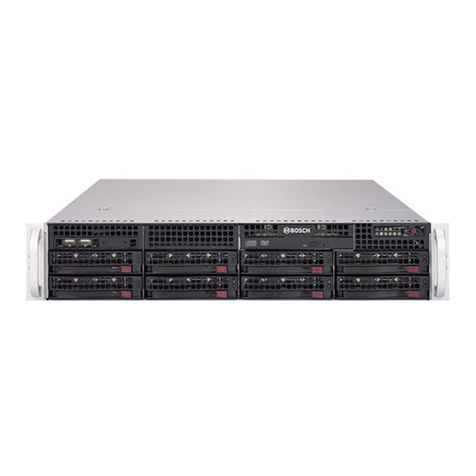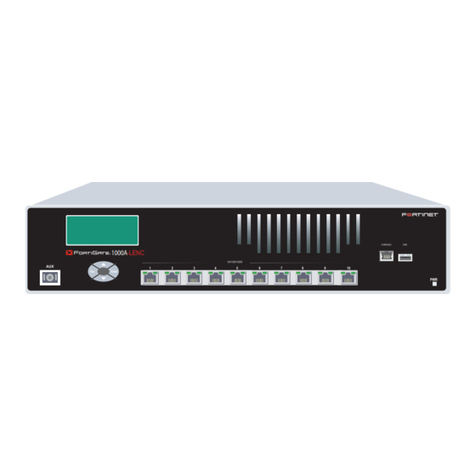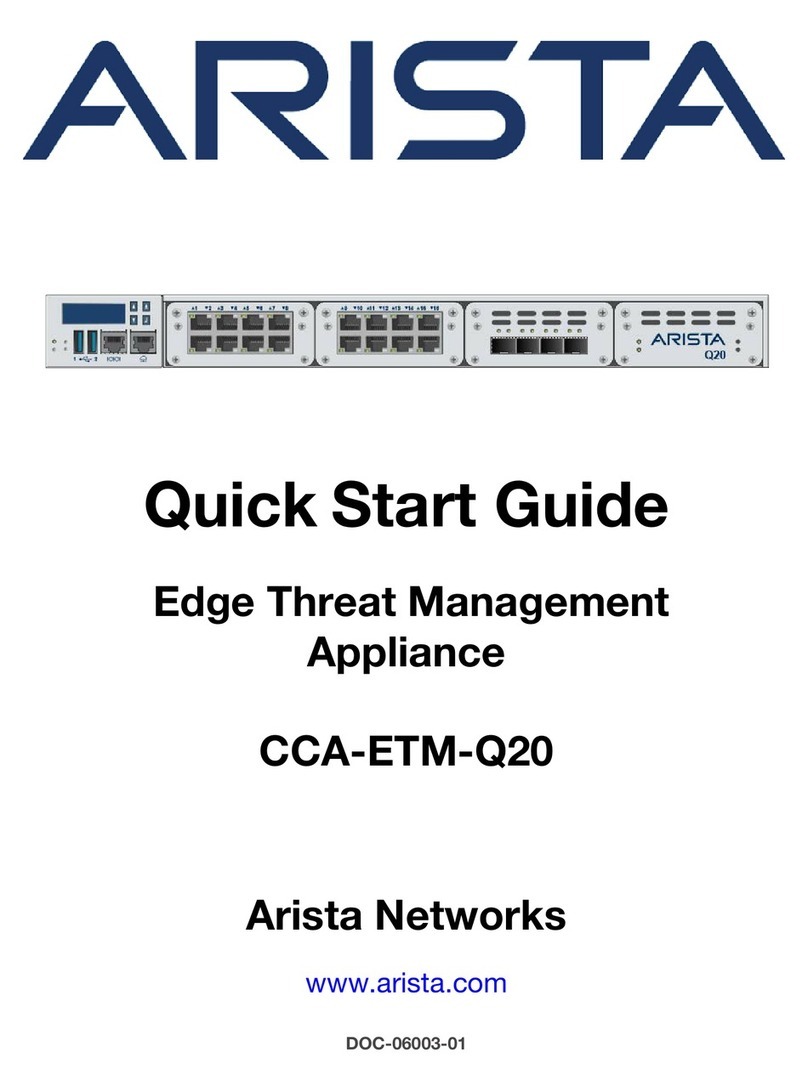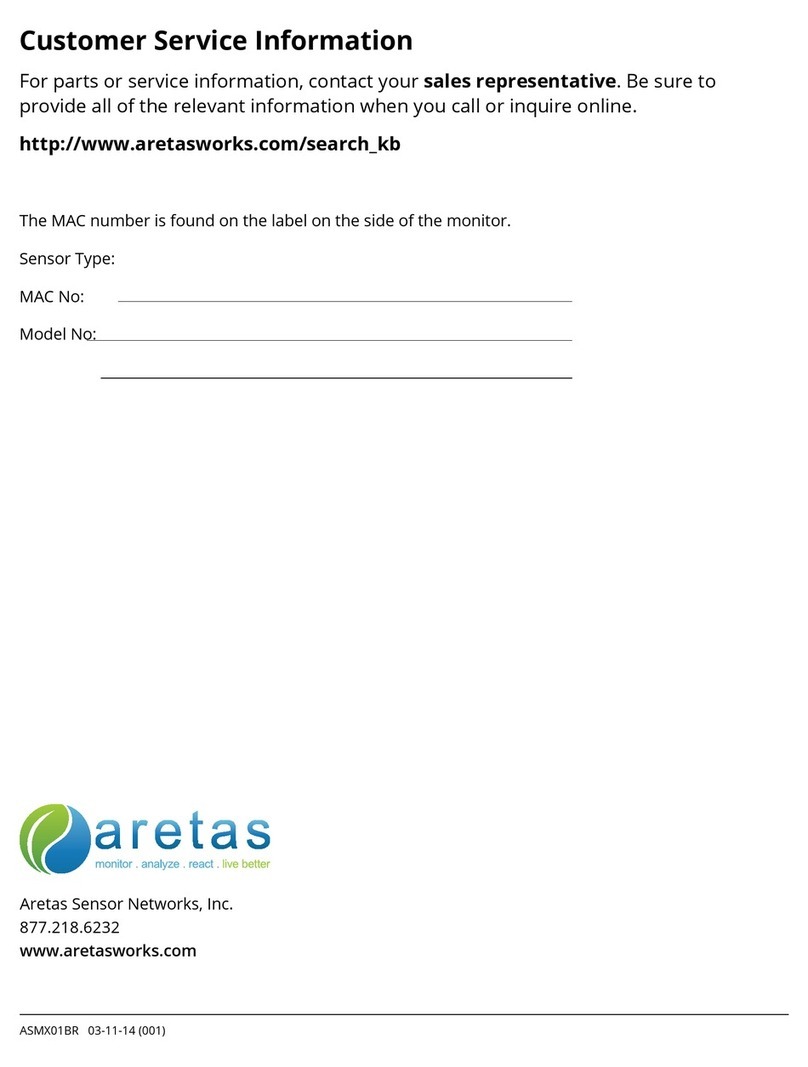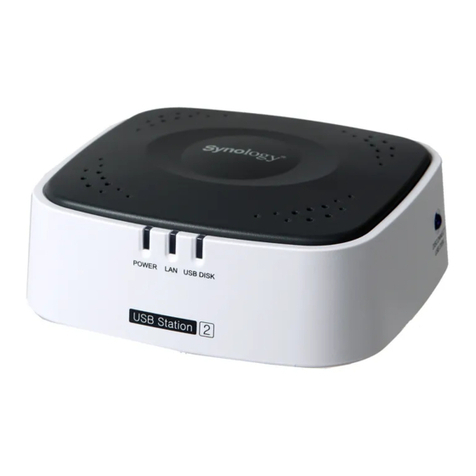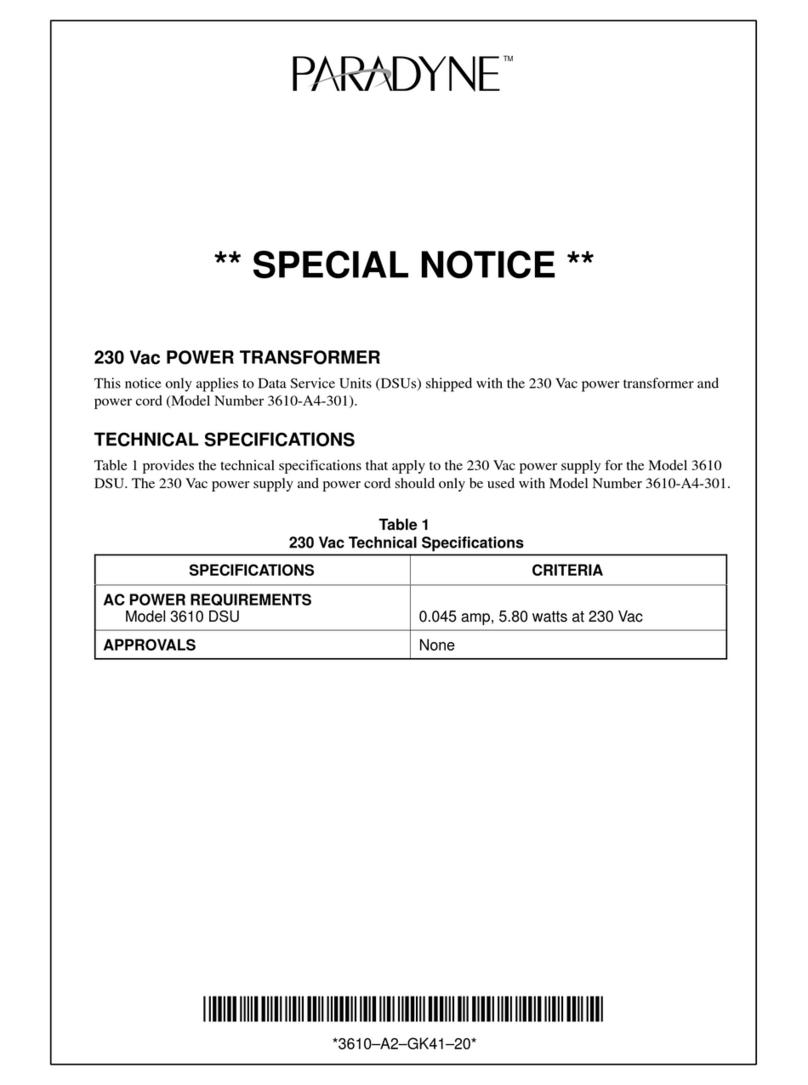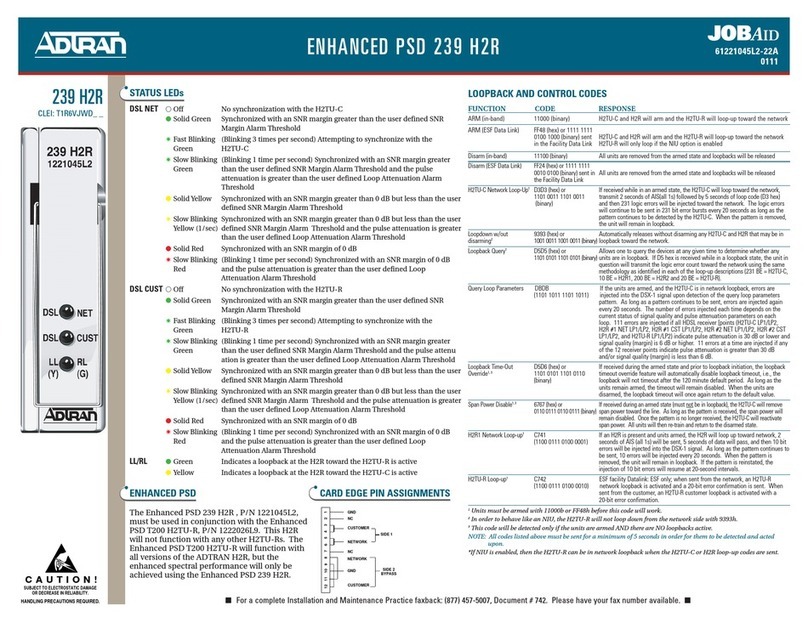12. Bottoming Out Test
It is important to check that your patient has not bottomed out on the support system. This is where the patient’s
sacrum sinks too far into the mattress and contact pressure from the bed frame is exerted on the patient. To check
for this, slide two fingers between the air cells underneath the patient’s sacrum. The patient should be clear of your
fingers. If the patient has bottomed out, increase the pressure setting on the control unit then wait for 10 minutes
before repeating the bottoming out test. This test does not refer to cushion systems.
13. Settings & operation
13.1 Factory default settings
The default setting for the Polaris ll, Nexus, Tertius control unit is dynamic mode. The control panel on your Polaris
ll, Nexus, Tertius control unit will lock after 30 seconds of inactivity. You can unlock with a single press of the unlock
button and re-lock with a single press of the button (or it will lock automatically after 30 seconds)
The pump setting for patient weight and pressure is automatic. When you switch on, it will default to AS (AutoSet)
so you do not need to enter the patient weight. It will also automatically select Dynamic mode .
13.2 Clinician auto override. Item 1, Figure 2, Section 9
The default setting for the patients pressure setting is automatic. However if a trained clinician decides that his or hers
patients weight or body shape does not suit the automatic selection then they can override the AutoSet setting. Press
and hold the unlock button (Item 1 Figure 2 section 9) for 3 seconds until the lock button LED light goes out then use
the arrow button (Item 4 Figure 2 Section 9) to scroll through the choices available. The first choice is +l which is 10%
firmer than AS, if you press the up arrow again then +ll appears in the LED screen (item 8, Figure 2,Section 9) this is
20% firmer than AS. If you press the up arrow again then is goes to -ll which is 20% softer than AS, and if you press the
up arrow again then -l will appear in the LED screen which is 10% softer than AS. If you press the up arrow again you
return to AS the Automatic pressure setting for your patients weight. Please REMEMBER this setting is based on weight
ONLY and it cannot determine body shape. Short wide patients can require a different setting to say tall thin patients
to double amputees –even though they may weigh the same. A clinician should perform a hand test (section 12) to
determine if the patient is correctly supported.
13.3 Dynamic & Static (CLP) modes. Items 2 & 3, Figure 2, Section 9
The factory default setting for this pump is dynamic (alternating) which means that cells A will inflate for 5 minutes
followed by cells B inflating for 5 minutes whilst cells A are deflated. This is a 10 minute cycle. However a trained
clinician MAY choose static CLP therapy mode. This mode means that ALL the cells remain inflated with any dynamic
or alternating at much lower internal pressure. Press and hold unlock for 3 seconds until the LED light goes out and
then press the CLP therapy mode.
13.4 Care Mode (also known as FIRM or Nursing mode)Item 6, figure 2 section 9
The factory default setting for care mode is OFF. However this mode maybe selected for use when changing dressings,
toileting a patient and other general assistance. This mode will inflate the mattress to maximum and is very firm. The
mattress will NOT alternate Because of this, this mode will automatically switch OFF after 30 minutes use to protect
the patient and should NOT be reused straightaway unless by a trained clinician. To select this mode press and hold
UNLOCK for 3 seconds until the LED light goes out and then select Care. The Dymanic mode LED light will then goes
out. After 30 minutes the Care mode will automatically switch OFF and the Dymanic mode will come back resume by
default.

















